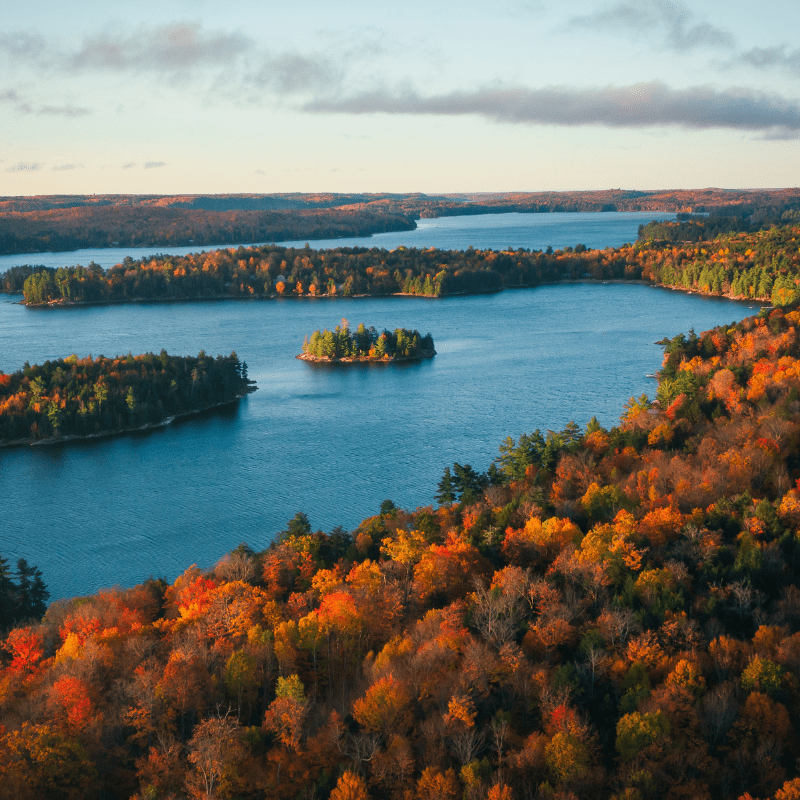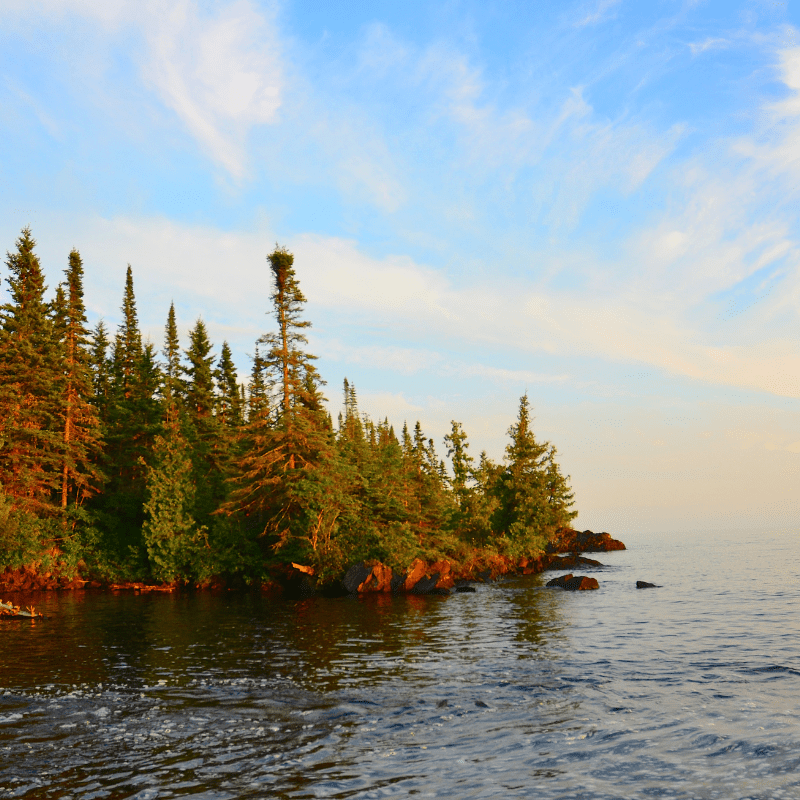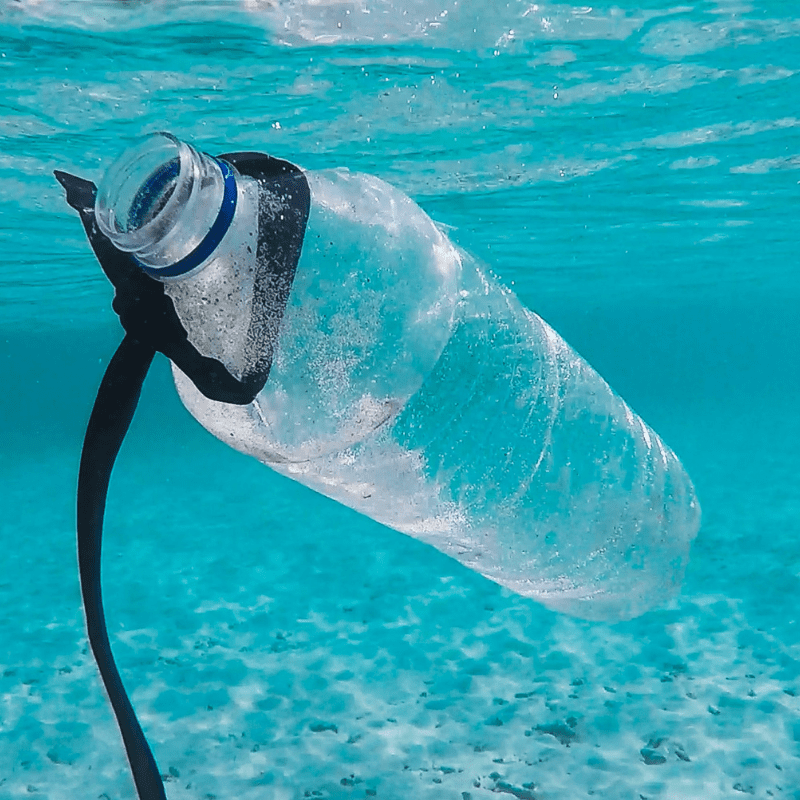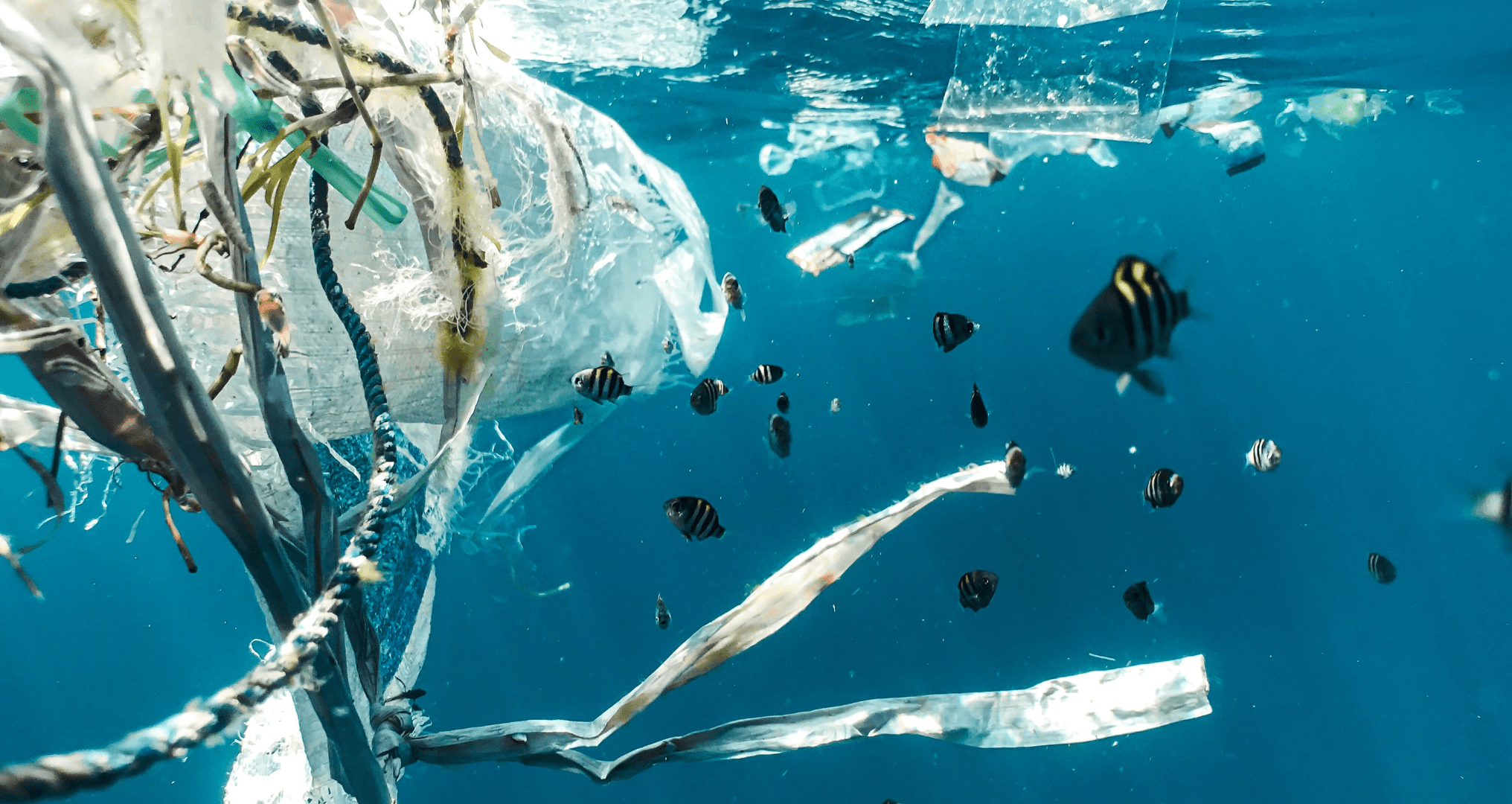One of the world’s biggest and most significant surface freshwater ecosystems spans North America: The Great Lakes. But the five Great Lakes are currently experiencing deteriorating water quality, habitat degradation, and biodiversity loss due to decades of urban, agricultural, plastic, and industrial pollution. This just doesn’t sit right with us here at Bottleless Nation. So, today we’ll go over the advantages that these bodies of water offer, the level of pollution in the Great Lakes, and possible measures to clean it up.
What are the Great Lakes?
The Great Lakes are a system of five interconnected freshwater lakes primarily located in the upper Midwestern United States. They are Lake Superior, Lake Michigan, Lake Huron, Lake Erie, and Lake Ontario. In total, all five lakes hold approximately 20% of the world’s fresh surface water supply and represent the largest surface freshwater system on the planet. They provide drinking water to millions of people and are a vital economic resource for industries such as tourism, transportation, and fishing.


Why are the Great Lakes so Important?
The Great Lakes are an invaluable natural resource for North America. They provide drinking water to tens of millions of people, support various ecosystems, and can be used as an economic engine for tourism, transportation, and fishing.
These bodies of water are especially vital to the Midwest region, providing jobs and recreation opportunities for residents. In addition, the lakes are also a source of clean energy, such as hydroelectricity.
As one of the world’s largest surface water systems, they are essential for global climate regulation and ecological stability. The Great Lakes region is also home to more than 3,500 species of plants and animals that rely on clean waters for survival and help maintain healthy food webs throughout the area.
The Great Lakes Plastic Pollution Problem
Plastic pollution enters the Great Lakes through littering, sewage overflows, storm water runoff, and even through the air. Plastic can also be directly released into the Great Lakes from ships transporting goods, boats, and recreational activities such as fishing and swimming.
An estimated 8 million tons of plastics enter the oceans yearly, but only 1% are estimated to be recovered. Plastics can now be found worldwide, mainly due to human activities, including in aquatic environments such as the Great Lakes.

Once plastics enter the lakes, they can cause various problems for both wildlife and humans. As plastics accumulate in the water, they can block sunlight penetration, reduce photosynthesis rates, and decrease oxygen levels. This pollution can lead to decreased dissolved oxygen concentrations, adversely affecting aquatic life and the marine environment. Additionally, plastic particles can absorb toxins from their environment, causing them to become even more hazardous to creatures that consume them. Furthermore, many wildlife species are known to mistake plastic debris for food, increasing the risk of ingestion or entanglement in these materials. These concerns lead to a decrease in the wildlife population.
The Primary Sources of Plastic Waste
The primary sources of plastic waste found in the Great Lakes come from a combination of land-based sources (such as urban runoff and industrial pollution) and water-based sources (such as vessels and boats).

Urban runoff is mainly responsible for macroplastic pollution entering the Great Lakes through stormwater runoff. These pollutants include cigarette butts, plastic bags, packaging materials, and single-use plastics washed away from streets or landfills into waterways that flow to the Great Lakes.
Industrial pollution also contributes to plastic bags, bottle caps, straws, and other items discarded on land. This type of pollution is especially damaging because it can end up in streams and rivers, eventually leading to the Great Lakes.
Industrial sources such as manufacturing facilities, refineries, and wastewater treatment plants also contribute to plastic pollution in the Great Lakes by discharging wastewater into local waterways. These facilities may contain microplastics or other pollutants that can be released into the environment when not properly managed.
Single-Use Plastics
Single-use plastics are an increasingly common source of plastic waste across the region. These items include plastic packaging like water bottles, straws, food packaging materials, and disposable cutlery. These items often end up in landfills or the ocean, where they can take hundreds of years to decompose, leaching toxins into the environment in the process. In addition to being an ecosystem, many factories use the Great Lakes for disposal or release untreated wastewater directly into them.
Microplastic Particles
Unfortunately, these vital ecosystems are threatened by a growing problem – plastic pollution. Plastics can be found in the form of microplastics (smaller than 5mm) or macroplastics (larger than 5mm). Microplastic pollution consists of fibers from synthetic clothing, microbeads from personal care products, and other fragments broken down from larger plastic items. Macroplastics include items such as bags, packaging materials, and plastic bottles.

What’s Being Done About This Pollution Issue?
While plastic pollution is an overwhelming issue facing the Great Lakes region, there are organizations and initiatives working to reduce its impact. For example, the Alliance for the Great Lakes has launched a campaign to reduce plastic pollution in the Great Lakes through consumer education, advocacy, and policy development. Additionally, the 5 Gyres Institute is a research organization focused on studying and preventing plastic pollution in our oceans, lakes, and rivers.
How Can We Contribute to Change?
Plastic pollution has become an ever-growing problem for the Great Lakes and its surrounding environment. We must take action now to reduce plastic pollution in the region and restore the Great Lakes to their former glory. By making sustainable consumer choices, supporting legislation, and encouraging businesses to develop more eco-friendly packaging solutions, we can all contribute to protecting this vital freshwater resource.
To improve the quality of the Great Lakes, we must take steps to reduce plastic pollution. Consumers can start by avoiding single-use plastics such as straws, water bottles, and bags. It is also vital to properly dispose of all waste materials and avoid littering in areas near the lakes.
Local and state governments can also help by passing legislation that limits the amount of plastic entering the environment through sewage systems or other sources. Finally, businesses are encouraged to develop more sustainable packaging solutions made from renewable materials instead of plastics.

Be Part of a Bigger Difference and Reduce your Plastic Use with Bottleless Nation
Plastic pollution is among the Great Lakes region’s most pressing environmental issues. We must actively reduce our negative contributions to this problem by avoiding single-use plastics.
At Bottleless Nation, we are working to reduce single-use plastics by partnering with bottleless water cooler companies that offer filtration systems to help replace wasteful plastic bottle consumption. By switching from single-use plastic water bottles to reusable products, we can drastically reduce our contribution to plastic pollution in the Great Lakes. Learn more about our mission and the Bottleless Nation Charitable Foundation today.
Credits:
Photo by Naja Bertolt Jensen on Unsplash
Photo by Derek Sutton on Unsplash
Photo by Austin Park on Unsplash
Photo by Tim Mossholder on Unsplash
Photo by Nick Fewings on Unsplash
Photo by Brian Yurasits on Unsplash


